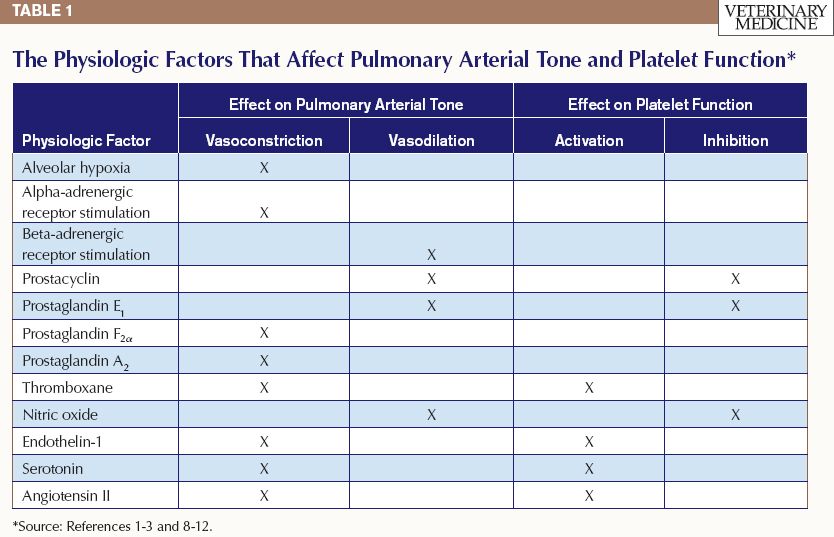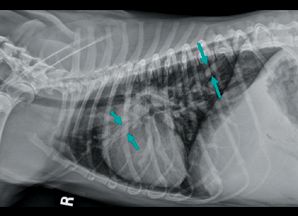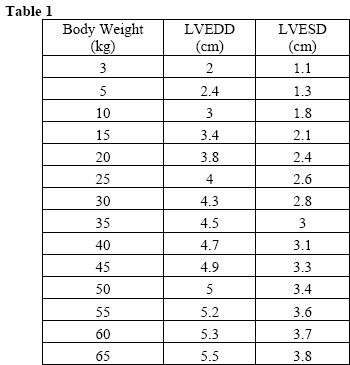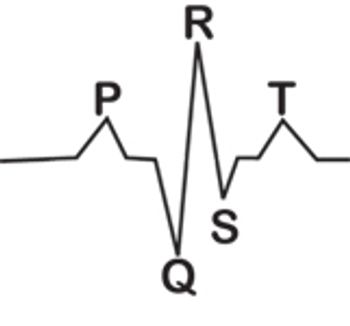
Collapse and shock are a clinical manifestation of many different severe diseases, and requires emergency triage and care. Other dogs may present with a history of episodes of collapse and may be clinically stable on presentation. These two categories of patients are treated very differently, but they have some similar differential diagnoses.









